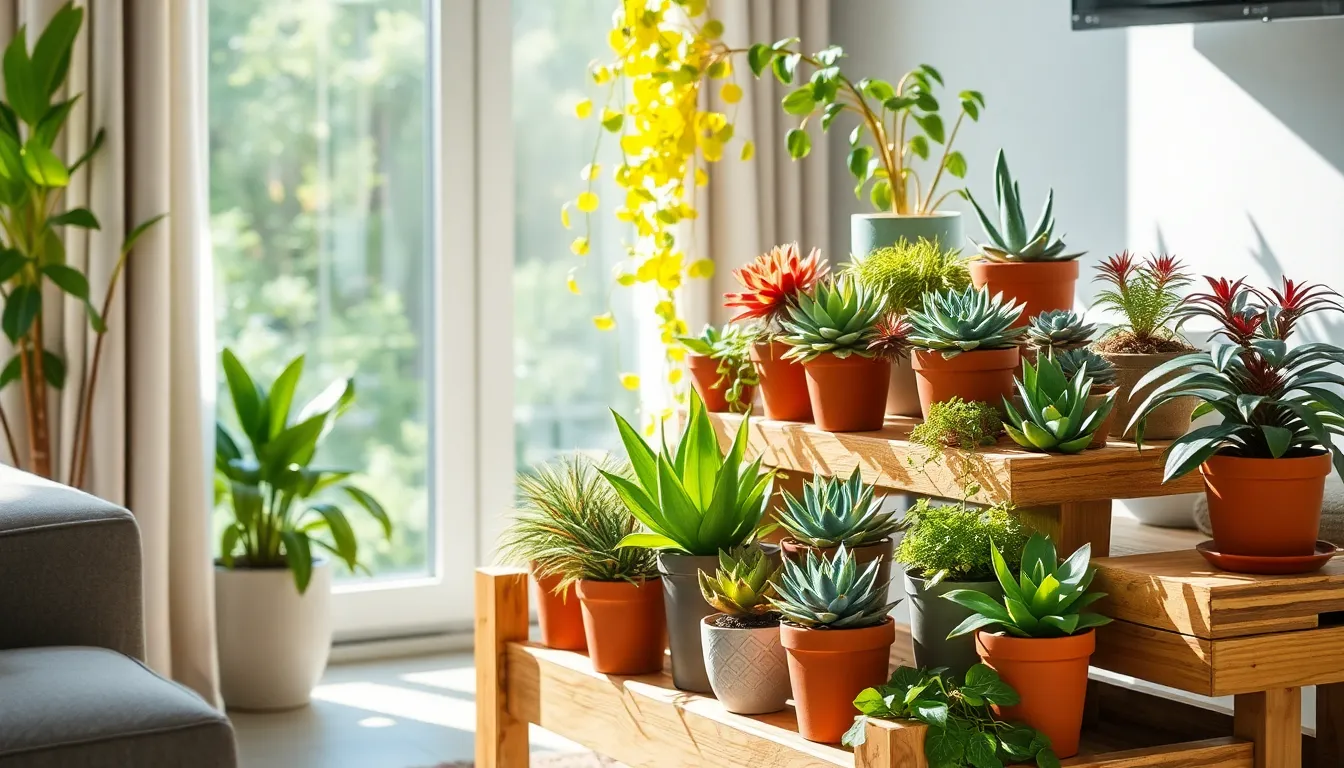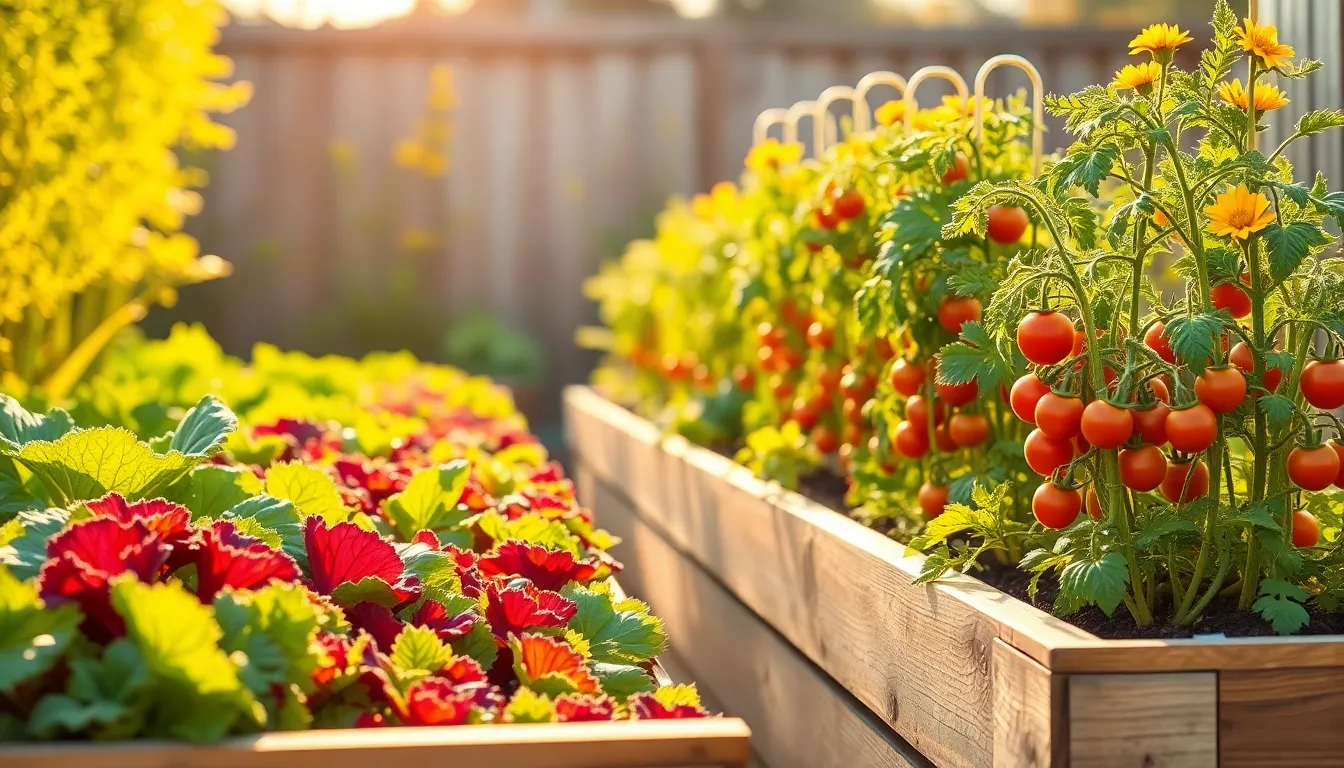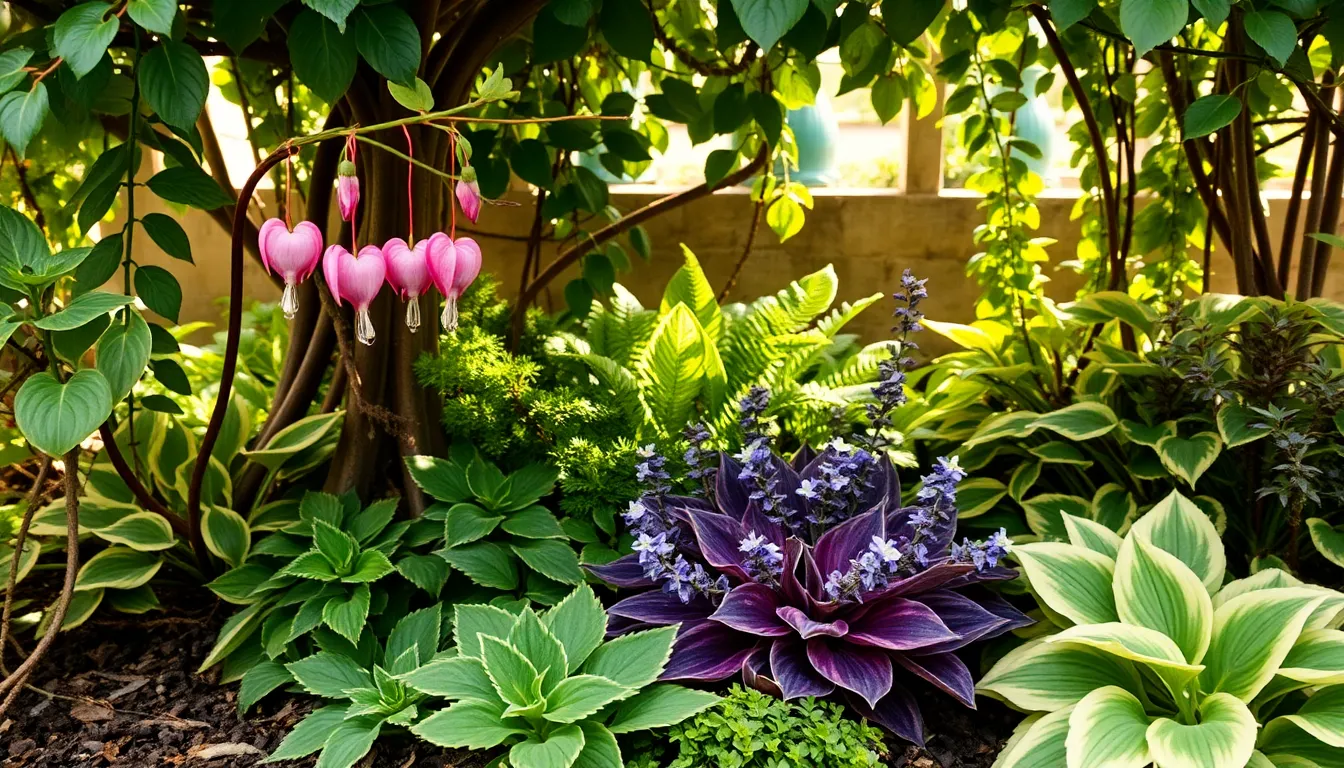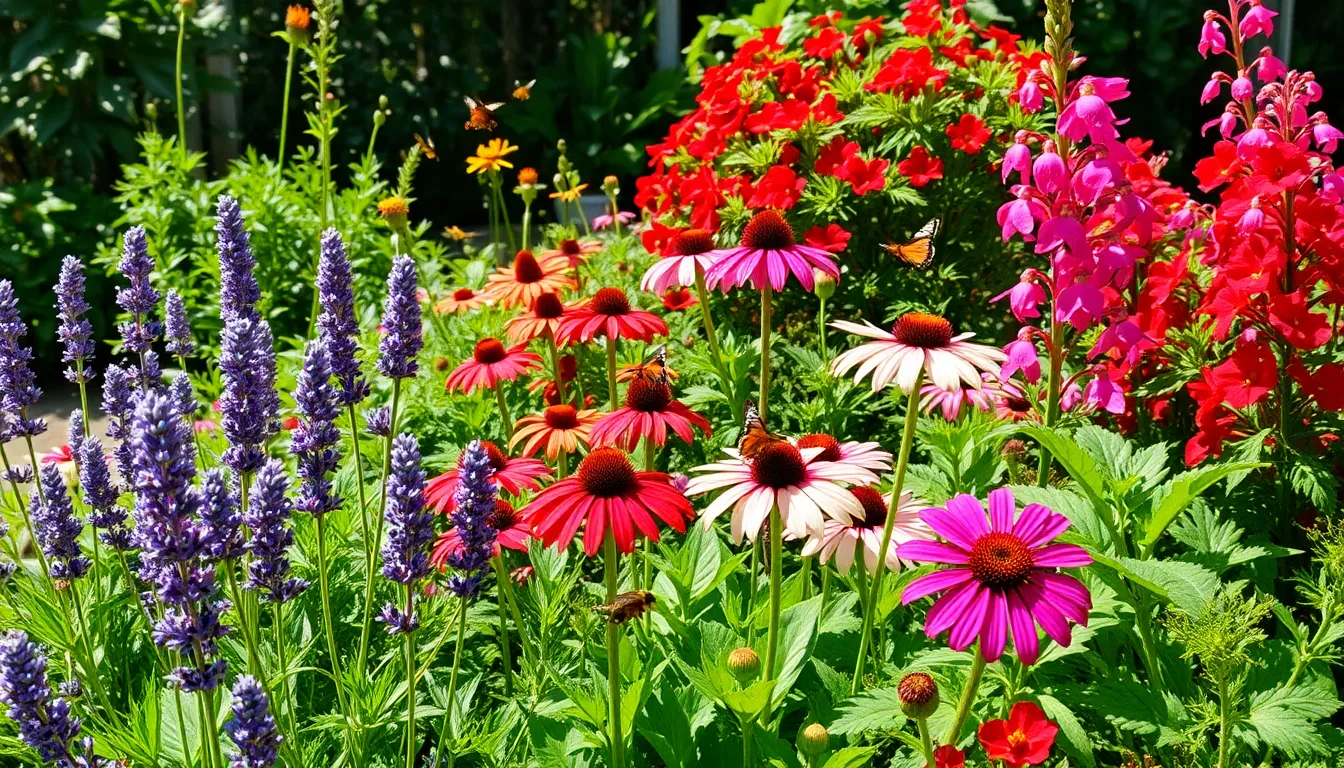Welcome to the wonderful world of indoor gardening! Whether you’re taking your very first steps into this green paradise or you’re a seasoned horticulturist looking to bring your expertise inside, this guide is your gateway to cultivating a thriving indoor oasis. With each tip, you’ll discover the magic that happens when you transform everyday spaces into lush, vibrant sanctuaries filled with life and color.
Imagine the joy of watching your living room come alive with the gentle sway of ferns or the cheerful blooms of African violets. This guide is not just a list but a treasure trove of practical insights that will empower you to nurture plants successfully, regardless of your experience level. You’ll learn how the right design choices can enhance your space’s aesthetic appeal while providing you with the mental and physical benefits of indoor gardening.
As you delve into these pages, excitement will grow alongside your plants. We promise that with these tips, you’ll feel confident in your ability to create and care for your personal indoor Eden. Let’s embark on this green journey together, where every leaf and petal is a testament to your growing skills and the joy of gardening.
Choose Low-Maintenance Plant Varieties
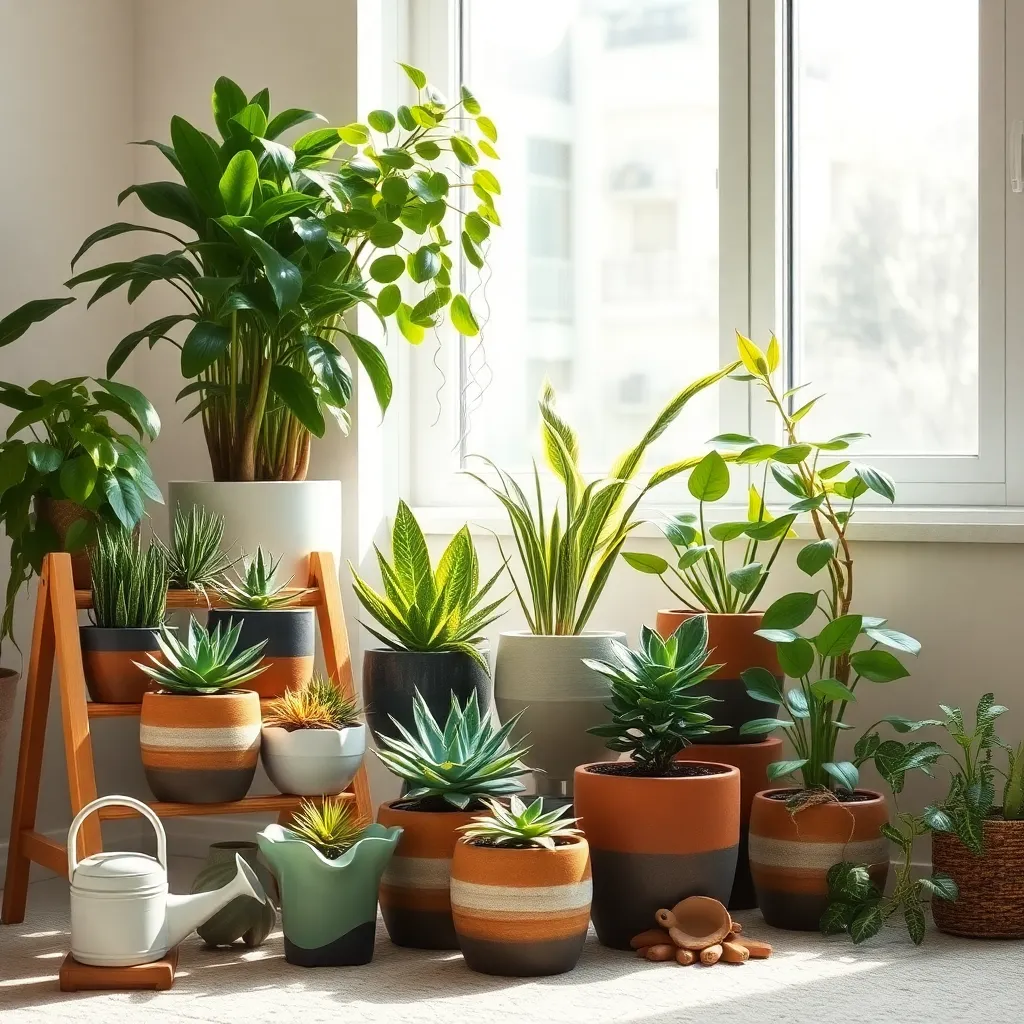
For beginners looking to start with low-maintenance plants, consider succulents like Aloe Vera and Jade Plant. These plants require minimal care and thrive in well-draining soil, such as a cactus mix, and need to be watered only when the soil is completely dry.
Another excellent choice for low-effort gardening is the Snake Plant, known for its tolerance of low light and infrequent watering. Place it in indirect sunlight and use a potting mix designed for succulents to ensure optimal growth.
Herbs like mint and basil are not only easy to care for but also offer the added benefit of fresh flavor. Keep these herbs in a sunny spot with regular watering, ensuring the soil is kept moist but not waterlogged.
For those with busy schedules, the ZZ Plant is a perfect option because it can survive in low light and requires watering just once every few weeks. Use a general-purpose potting soil and ensure the pot has proper drainage to prevent root rot.
Position Plants Near Natural Light
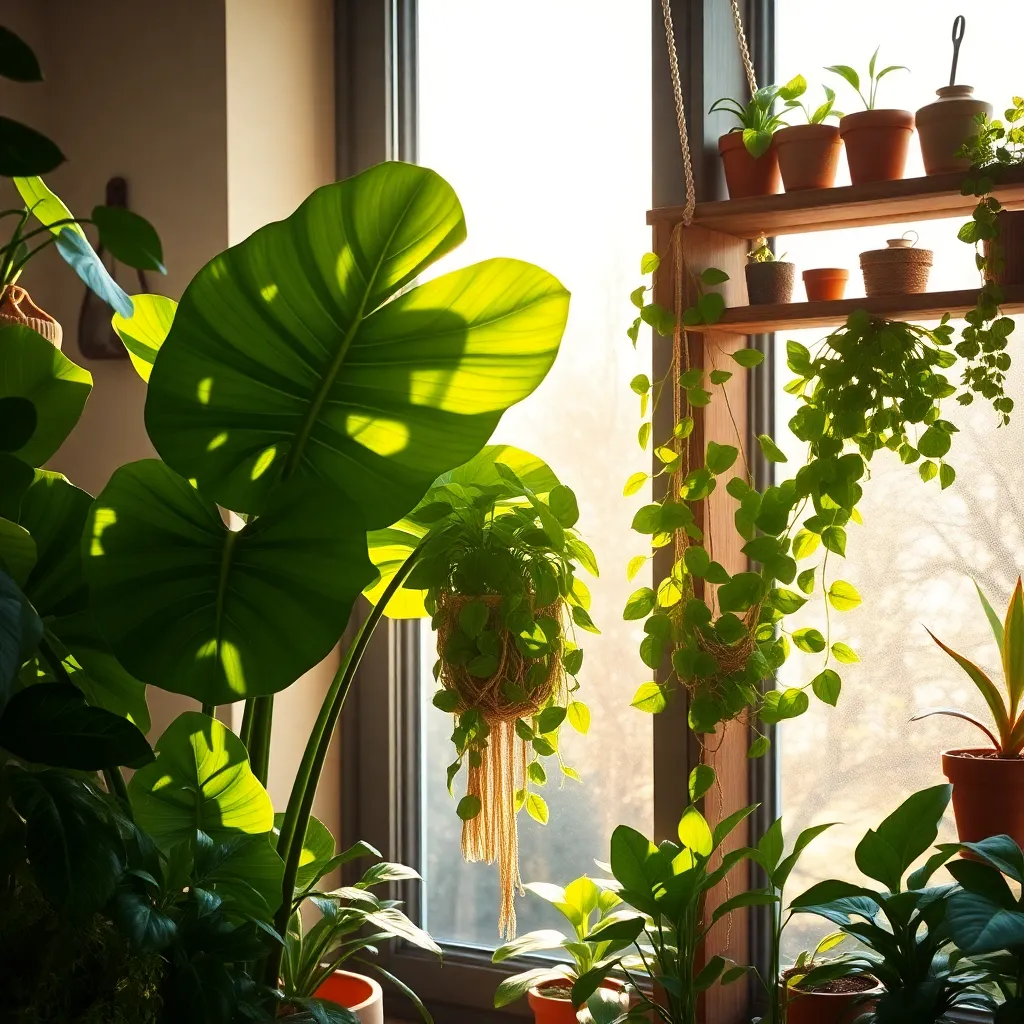
Positioning your plants near natural light is crucial for their growth and well-being. Most indoor plants thrive when placed within a few feet of a window where they can soak up the sun’s rays.
Consider the direction your windows face to determine the type of light they provide. South-facing windows typically offer bright, direct sunlight, making them ideal for sun-loving plants like succulents and cacti.
If your windows face north, they provide lower light levels, which are perfect for shade-tolerant plants such as ferns and peace lilies. East and west-facing windows offer moderate light, making them versatile for a variety of plants including pothos and snake plants.
For advanced gardeners, using a light meter can help you measure the exact light levels in your space and optimize plant placement. This tool is especially useful if you’re growing plants with specific light needs, such as orchids or African violets.
Use Quality Indoor Potting Mix
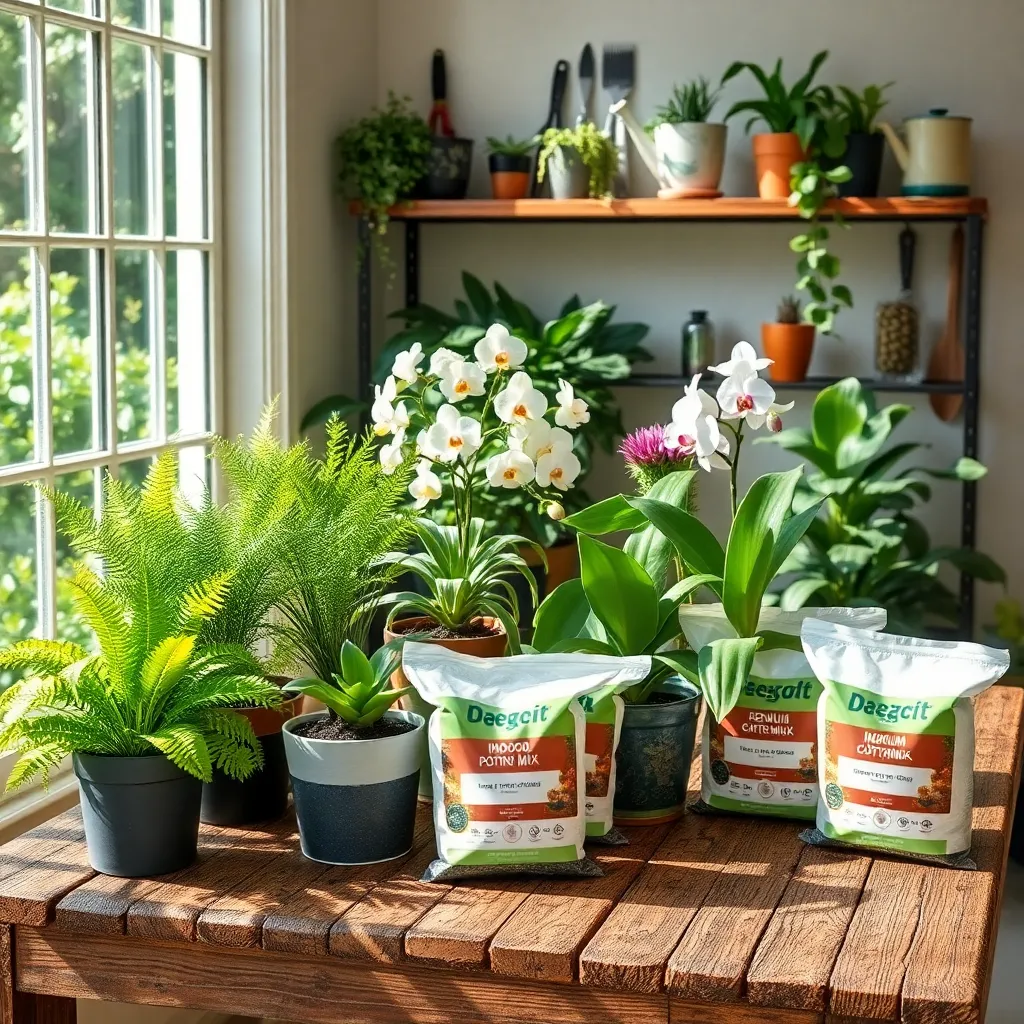
Using a quality indoor potting mix is crucial for the health and growth of your houseplants. Unlike outdoor soil, indoor potting mixes are specifically formulated to provide the right balance of air, moisture, and nutrients for potted plants.
A good potting mix should be lightweight and drain well to prevent root rot. Look for mixes that contain ingredients like peat moss, perlite, or vermiculite, which help retain moisture while allowing excess water to drain away.
When selecting a potting mix, consider the specific needs of your plants. For example, succulents and cacti prefer a fast-draining mix with a higher sand content, while tropical plants thrive in mixes with added organic matter for moisture retention.
For beginners, a general-purpose potting mix is a great starting point, as it suits a wide range of plants. However, as you become more experienced, experimenting with specialized mixes can optimize growth and health for particular plant types.
It’s also beneficial to refresh or completely replace the potting mix every couple of years to maintain its effectiveness. Doing so ensures your plants have continuous access to fresh nutrients and are not hindered by compacted or depleted soil.
Monitor and Adjust Humidity Levels
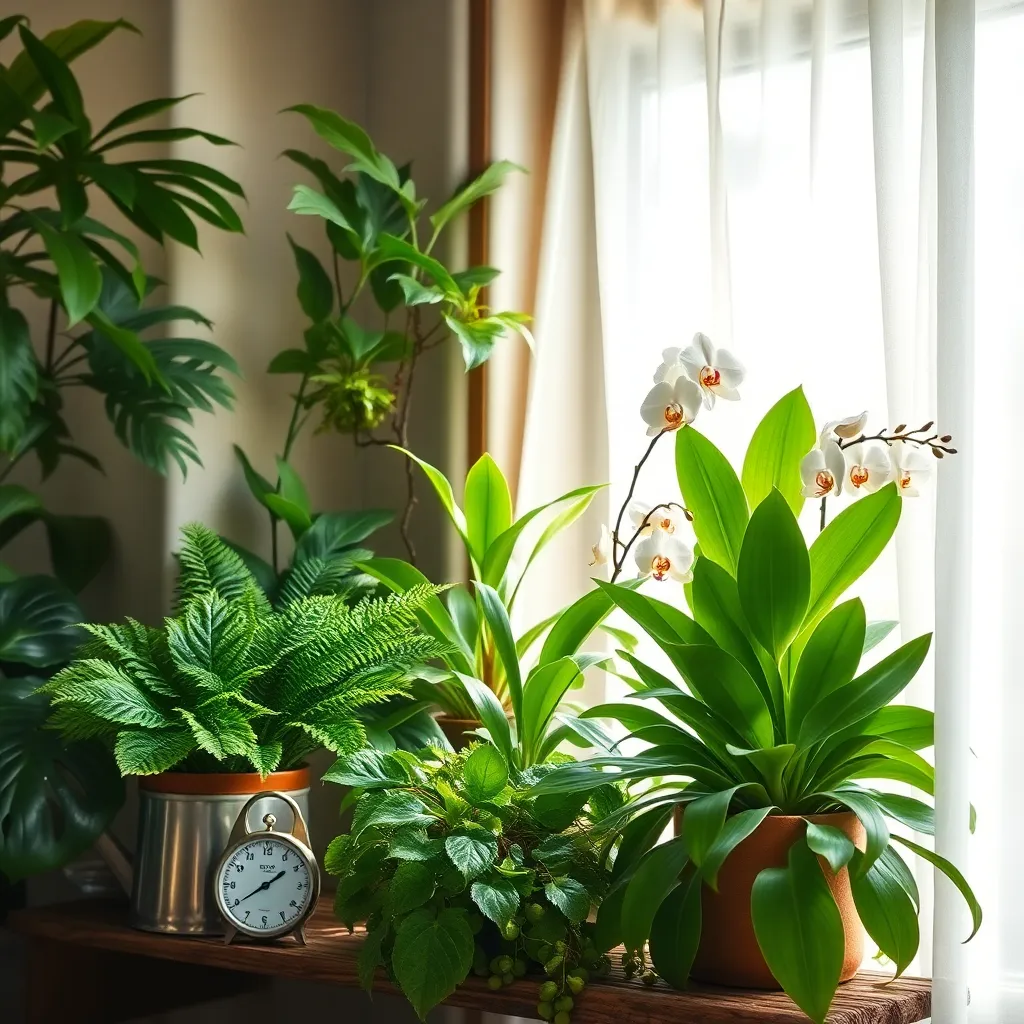
Humidity is a crucial factor in indoor gardening that often gets overlooked. Plants like ferns and orchids thrive in higher humidity levels, typically between 50% and 70%. To accurately monitor humidity, consider investing in a hygrometer, a tool that measures the moisture content in the air. Place the hygrometer near your plants to keep track of daily fluctuations.
Adjusting humidity levels is essential for maintaining plant health, especially during the dry winter months. One effective way to increase humidity is by grouping plants together, as they naturally release moisture into the air. Another method is using a pebble tray filled with water beneath your plants. The water will evaporate, adding moisture to the surrounding air without making the soil waterlogged.
For a more advanced solution, consider using a humidifier in your indoor garden space. Choose a model with adjustable settings to tailor the humidity to your plants’ specific needs. Regularly check the water levels in the humidifier and clean it to prevent mold and bacteria buildup. This approach is particularly beneficial for tropical plants that require consistently high humidity.
Conversely, some plants such as succulents and cacti prefer drier conditions. For these plants, ensure proper air circulation to avoid excessive humidity that can lead to rot. If your space tends to be too humid, a small fan can help create airflow and maintain ideal conditions. Always monitor your plants for signs of stress, such as wilting or browning leaves, and adjust the humidity accordingly to keep your indoor garden flourishing.
Regularly Clean Leaves for Health
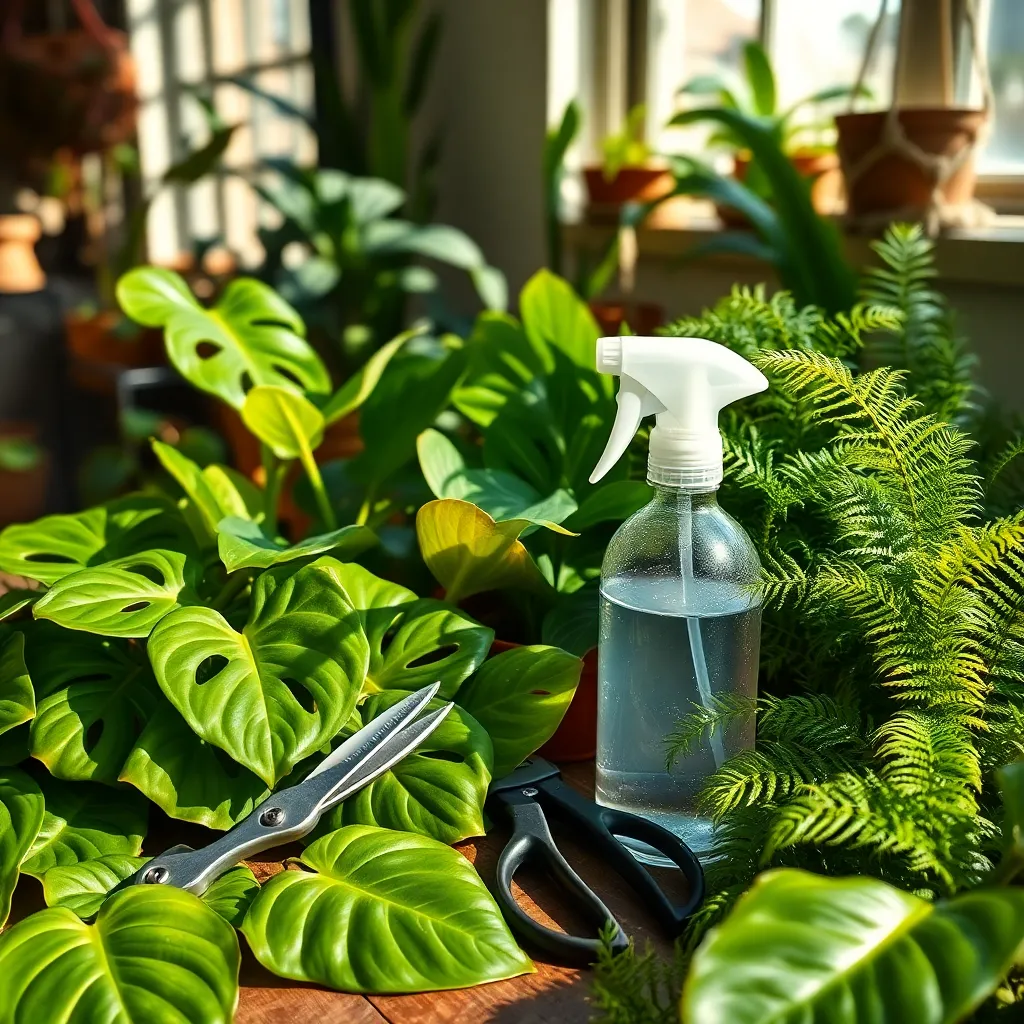
Maintaining clean leaves is crucial for the health of your indoor plants. Dust accumulation on leaves can block sunlight, which is essential for photosynthesis, thereby hindering plant growth.
To clean your plant leaves, gently wipe them with a damp cloth or sponge. Be sure to support the leaf from underneath with your hand to avoid causing any damage while cleaning.
For plants with many small leaves, such as ferns, consider using a gentle spray of water to remove dust. Ensure the water is lukewarm to avoid shocking the plant, and allow the leaves to dry naturally for the best results.
Regular cleaning also provides an opportunity to inspect your plants for signs of pests or disease. Early detection can prevent serious infestations and help maintain the overall health of your indoor garden.
Conclusion: Growing Success with These Plants
As we wrap up our exploration of indoor gardening tips for beginners, let’s revisit the five key relationship concepts that can enrich your journey. First, communication is vital, just as plants need water; nurturing open dialogue fosters understanding. Second, patience parallels the growth process—relationships, like seedlings, require time to flourish. Third, adaptability mirrors how plants thrive in varied environments; embrace change to strengthen your bond. Fourth, support is akin to sunlight; offering encouragement helps love bloom. Finally, trust provides the foundation, much like soil; it nourishes and sustains your connection.
Now, take a moment to reflect on these concepts and choose one small action to implement today—whether it’s a heartfelt conversation or a simple gesture of support. By doing so, you’re planting seeds for a healthier relationship.
Bookmark this article as your go-to guide for relationship growth. With these insights at your fingertips, you’re equipped to cultivate a thriving partnership. Remember, nurturing your relationship is a continuous journey, and with dedication, you’ll harvest the rewards of lasting success. Let this be your reminder that every effort, no matter how small, can lead to meaningful growth.

